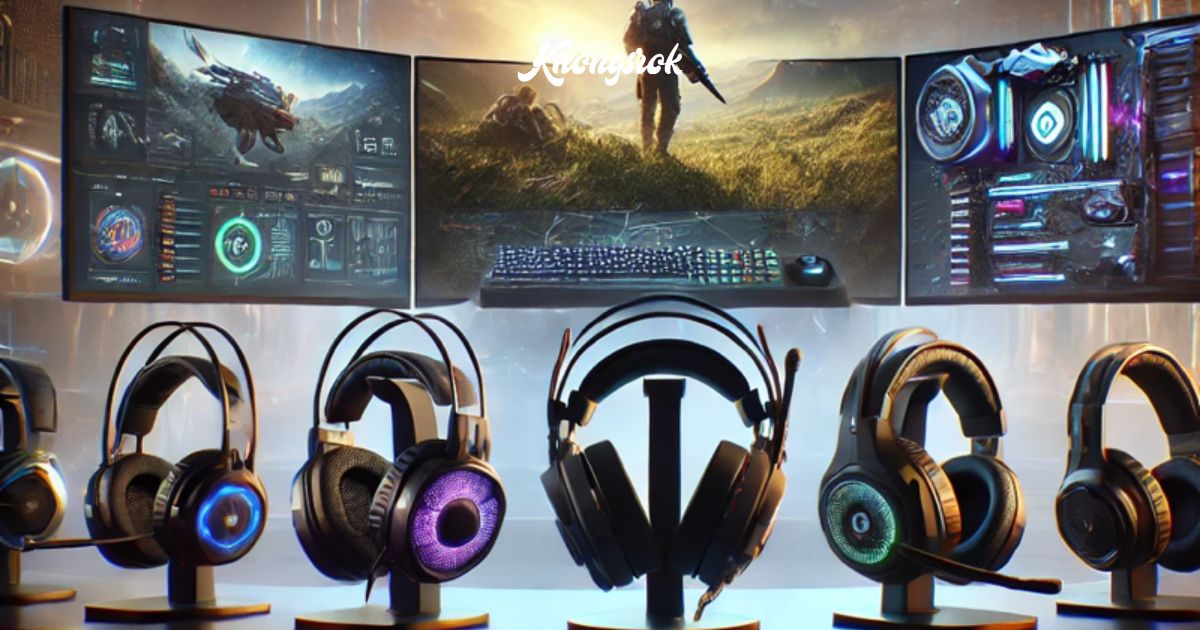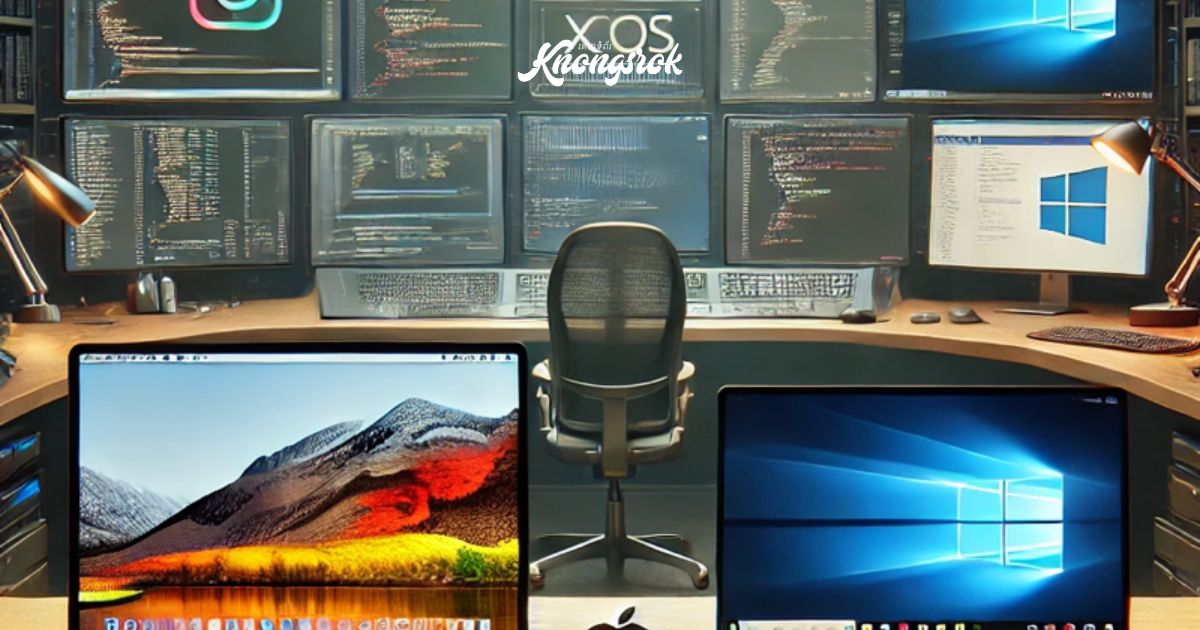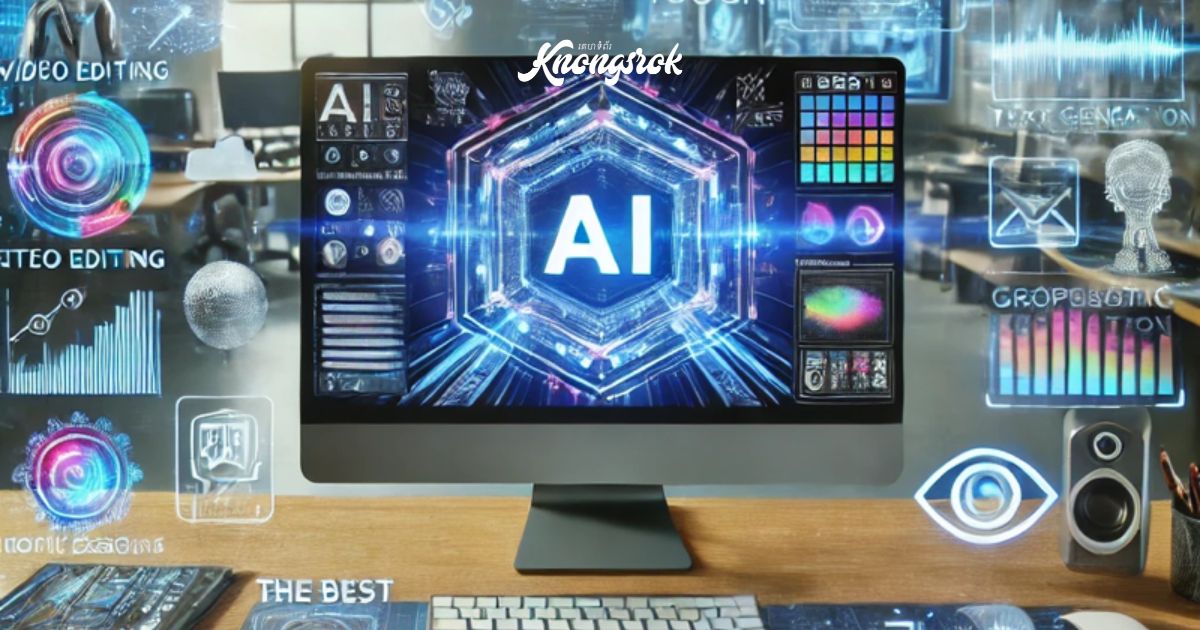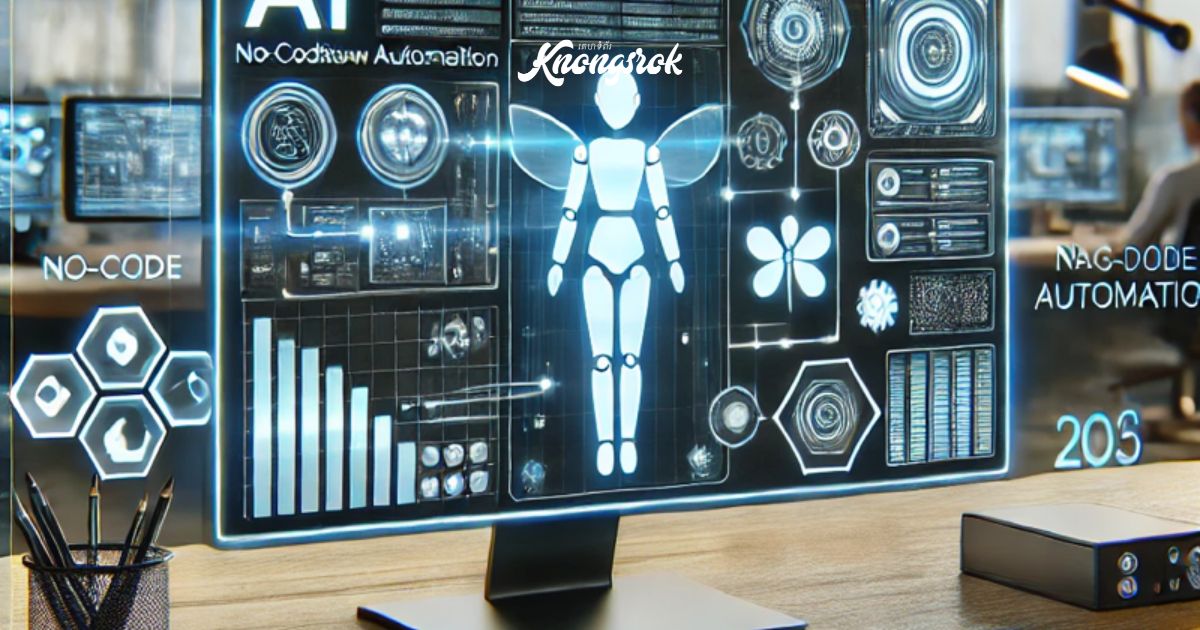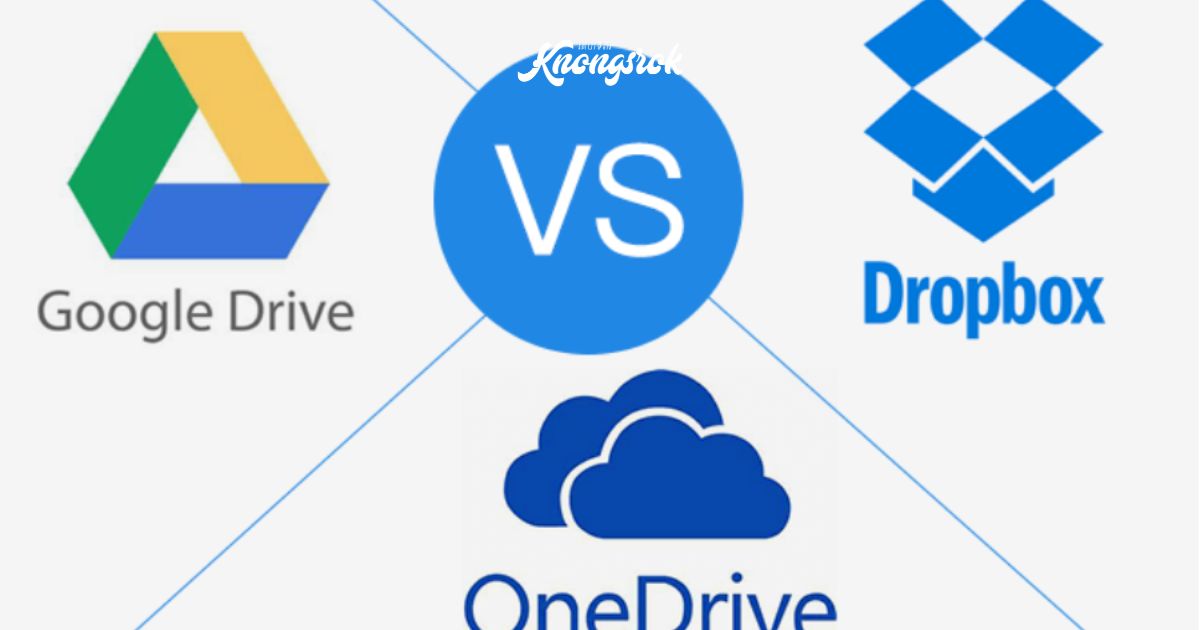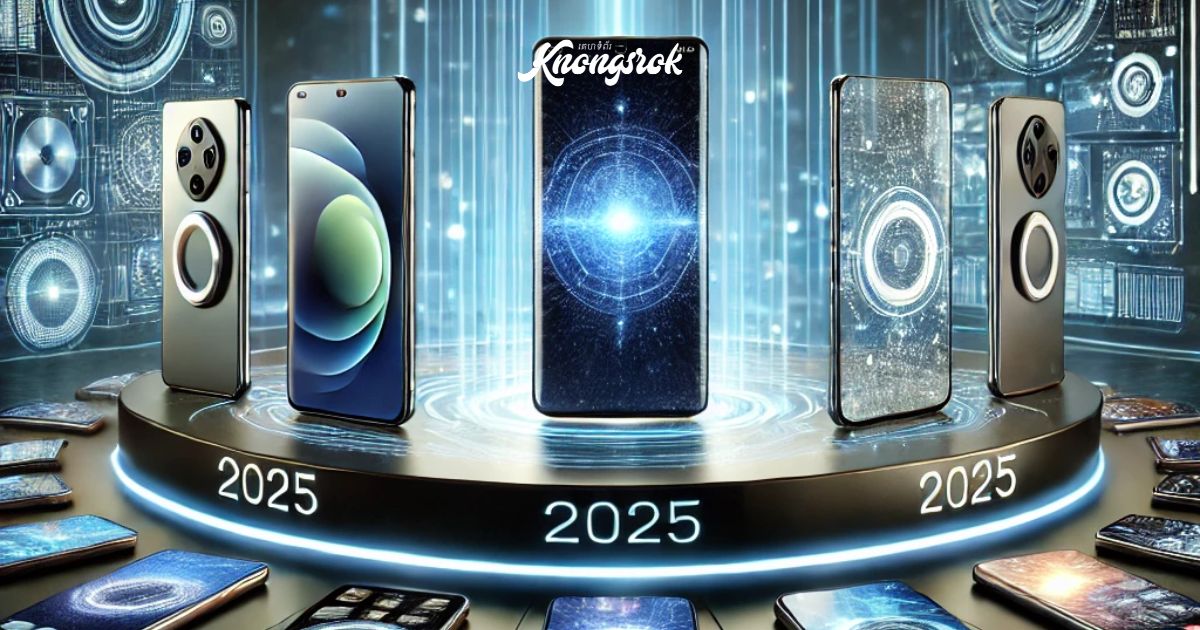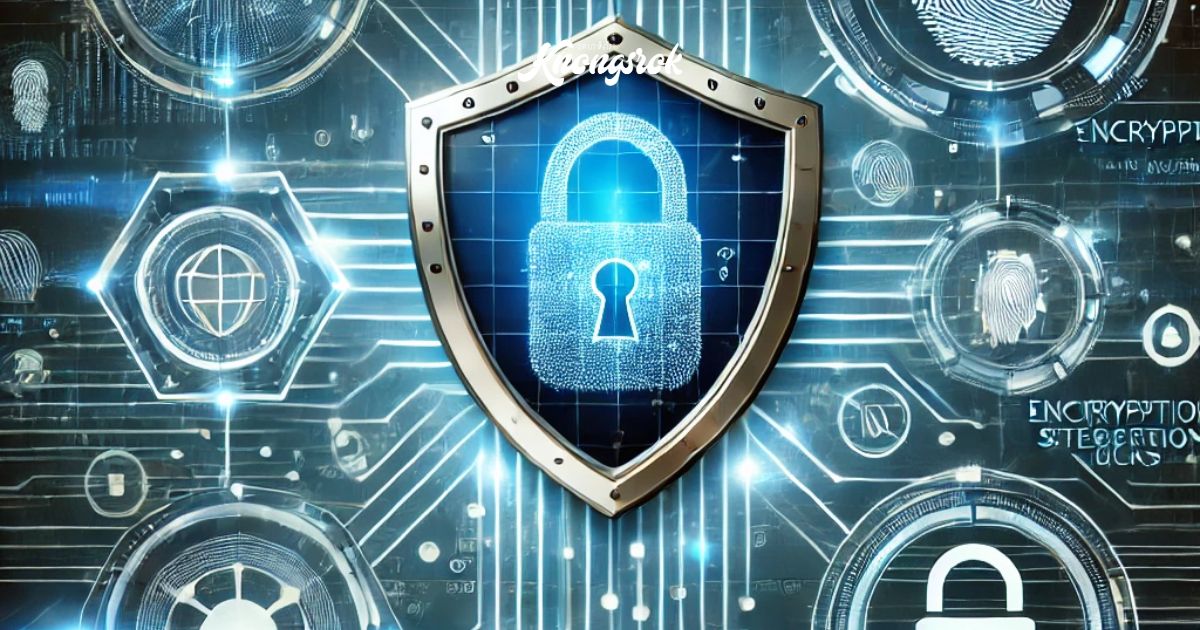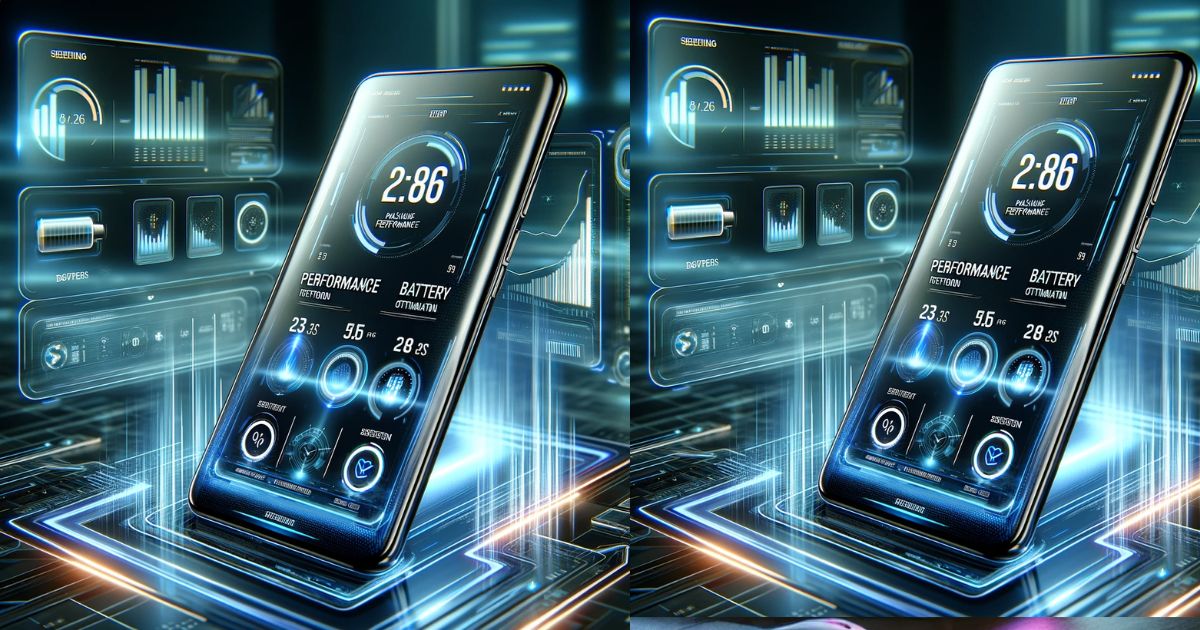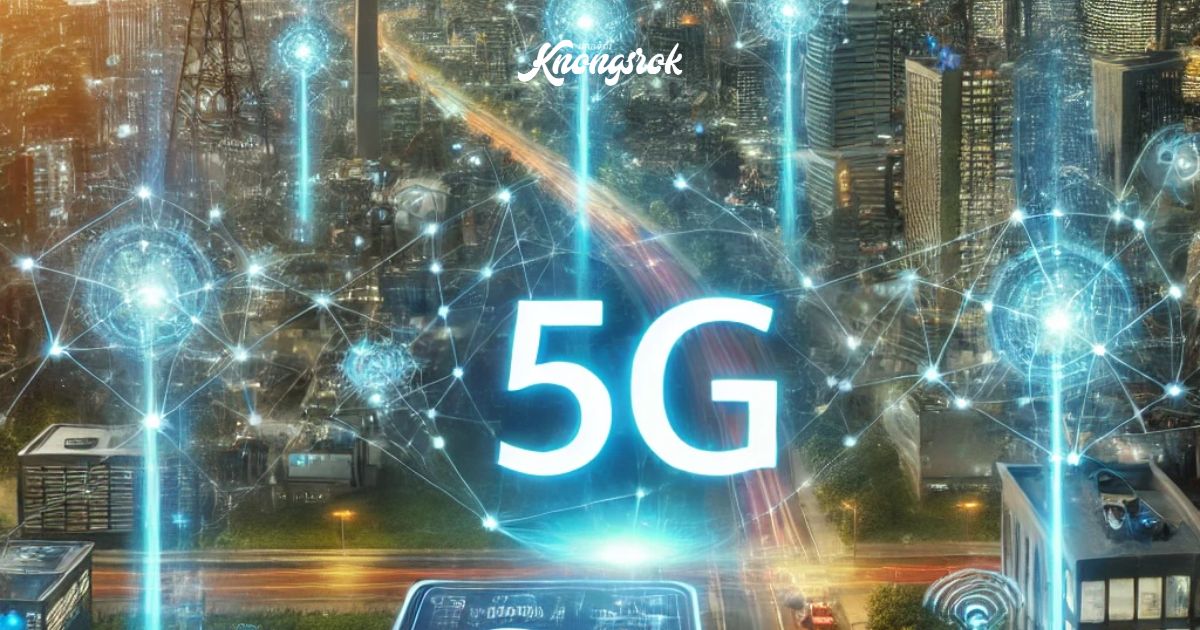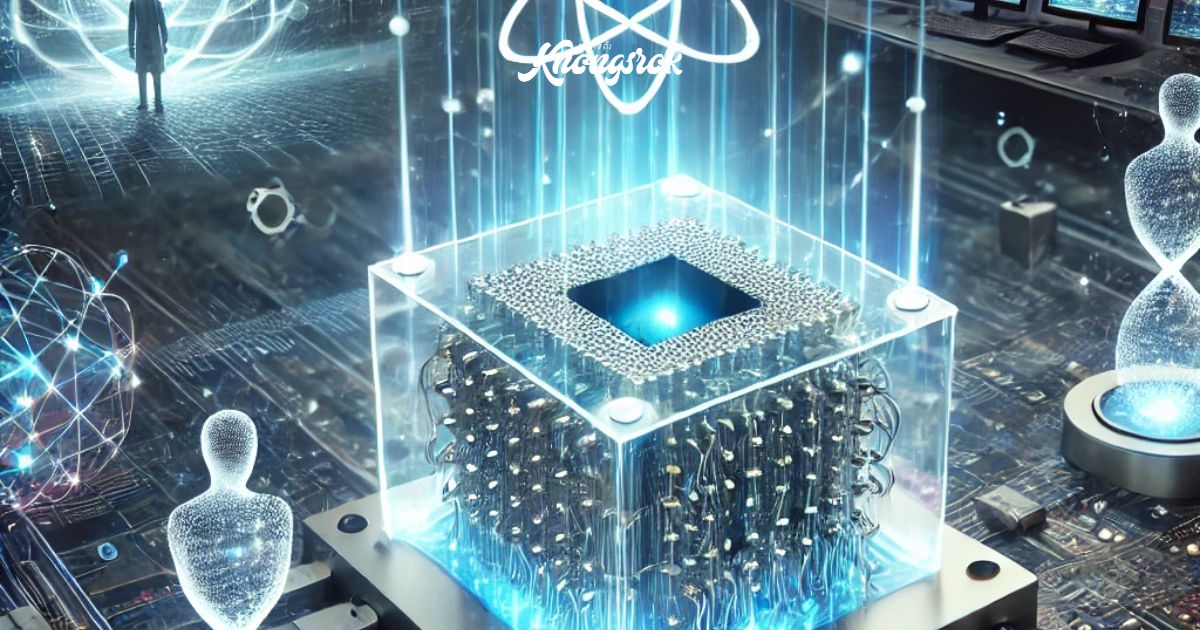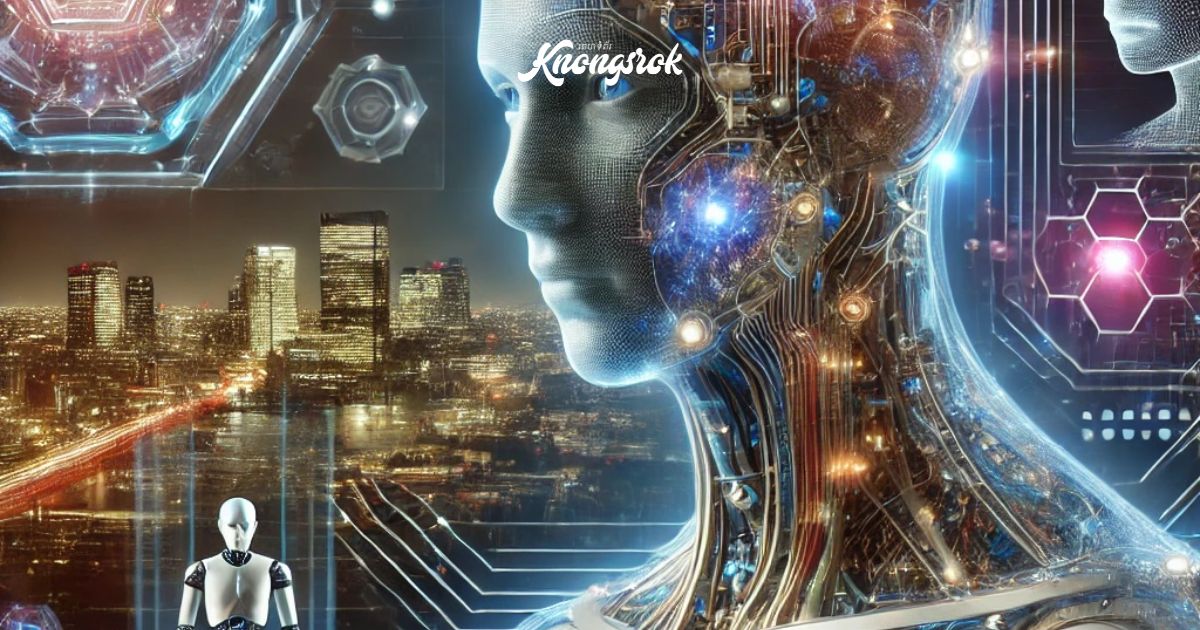How 5G is Transforming the Tech Industry and What’s Next
How 5G is Transforming the Tech Industry and What’s Next
Introduction
The arrival of 5G technology is revolutionizing the tech industry, bringing ultra-fast speeds, lower latency, and enhanced connectivity. Unlike its predecessor, 4G LTE, 5G is designed to handle massive data loads, power smart cities, and enable the widespread use of AI, IoT (Internet of Things), and autonomous technologies.
But how exactly is 5G transforming industries, and what’s coming next in the evolution of wireless technology? Let’s explore the impact of 5G and the innovations that lie ahead.
1. The Power of 5G: What Makes It Different?
🔹 Lightning-Fast Speeds
•5G speeds can reach up to 10 Gbps, nearly 100 times faster than 4G. This allows for instantaneous data transfer, seamless streaming, and high-speed downloads.
•Gamers, streamers, and remote workers benefit from buffer-free experiences and real-time collaboration tools.
🔹 Ultra-Low Latency
•Latency refers to the time it takes for data to travel between devices.
• With 5G, latency drops to as low as 1 millisecond, making applications like cloud gaming, autonomous vehicles, and remote surgeries more reliable.
🔹 Massive Connectivity for IoT
•5G enables billions of IoT devices to connect seamlessly, from smart homes to industrial automation.
•Smart sensors, wearables, and AI-driven systems communicate instantly, enabling better efficiency in factories, healthcare, and transportation.
2. How 5G is Transforming Industries
🔹 🚗 Autonomous Vehicles & Smart Transportation
•5G is the backbone of self-driving cars, providing real-time data processing for traffic management.
• AI-powered vehicle-to-vehicle (V2V) and vehicle-to-infrastructure (V2I) communication helps prevent accidents and optimize traffic flow.
• Smart traffic lights and AI-driven road monitoring will improve urban mobility.
🔹 🏥 Healthcare & Remote Surgeries
•Telemedicine is more effective with 5G, allowing doctors to conduct real-time high-resolution video consultations.
•5G-powered robotic surgeries enable expert surgeons to operate remotely with minimal lag.
•Wearable health monitors provide instant data on heart rates, blood pressure, and glucose levels, improving preventive care.
🔹 🎮 Gaming & AR/VR Experiences
• 5G reduces latency in cloud gaming, making platforms like NVIDIA GeForce Now and Xbox Cloud Gaming smoother.
•Augmented Reality (AR) and Virtual Reality (VR) applications become more immersive, enabling real-time 3D collaboration for businesses and gaming.
🔹 🏭 Smart Factories & Industrial Automation
• AI-driven robots and automated assembly lines benefit from real-time data sharing, increasing efficiency.
•5G-powered IoT sensors predict equipment failures before they happen, reducing downtime and boosting productivity.
🔹 📡 Smart Cities & Infrastructure
• 5G powers smart grids, intelligent street lighting, and connected security systems.
• AI-driven waste management, energy efficiency monitoring, and predictive maintenance enhance city planning.
🔹 💰 FinTech & Digital Banking
• 5G enhances real-time financial transactions, reducing latency for global markets.
• AI-powered fraud detection benefits from instant data processing, improving security.
•Blockchain and DeFi (Decentralized Finance) applications gain faster transaction speeds and scalability.
3. The Next Phase: What’s Beyond 5G?
🔹 6G: The Next Wireless Revolution
• Expected around 2030, 6G will bring terahertz (THz) frequencies for even faster speeds (potentially 100x faster than 5G).
•AI-powered wireless networks will dynamically allocate bandwidth based on user needs.
•Holographic communications and ultra-immersive AR/VR experiences will become mainstream.
🔹 Satellite-Backed 5G Networks
• Companies like SpaceX (Starlink), OneWeb, and Amazon’s Project Kuiper are working on 5G satellite networks.
• This will bring high-speed connectivity to remote areas, ensuring global 5G coverage.
🔹 AI-Driven 5G Optimization
•AI and machine learning will optimize 5G networks by predicting congestion and dynamically adjusting bandwidth in real time.
• This will ensure a stable connection for critical applications like autonomous vehicles and smart hospitals.
4. Challenges & Concerns of 5G
📡 Infrastructure Deployment
•5G requires a dense network of small cell towers, which is expensive and complex to implement in rural areas.
•Governments and tech firms are working on satellite-based solutions to bridge connectivity gaps.
🔒 Security & Privacy Risks
•More connected devices mean more cybersecurity threats.
• 5G-enabled IoT devices must have strong encryption and security protocols to prevent hacking.
⚡ Energy Consumption
•5G networks require more power than 4G, posing challenges for sustainability.
•Future advancements will focus on energy-efficient 5G chips and AI-optimized network management.
Final Thoughts: The Future is 5G-Connected
5G is not just about faster internet—it’s reshaping industries, unlocking new technologies, and paving the way for 6G. From self-driving cars to AI-powered smart cities, 5G is driving the next wave of digital transformation.
As we move forward, the focus will be on enhancing security, improving infrastructure, and integrating AI-driven optimizations to make 5G even more powerful.
The 5G era is here—are you ready for the next digital revolution? 🚀

